Treaties and customary law
International humanitarian law is based on a large number of treaties, in particular the Geneva Conventions of 1949 and their Additional Protocols, and a series of other conventions and protocols …
International humanitarian law is based on a large number of treaties, in particular the Geneva Conventions of 1949 and their Additional Protocols, and a series of other conventions and protocols …
Customary international law is made up of rules that come from "a general practice accepted as law" and that exist independent of treaty law. Customary international humanitarian law (IHL) is of …
Overview Armed conflict is as old as humankind itself. There have always been customary practices in war, but only in the last 150 years have States made international rules to limit the effects of …

Exploring Humanitarian Law (EHL) is an education programme that introduces young people between 13 and 18 years of age to the basic rules and principles of international humanitarian law (IHL).The …
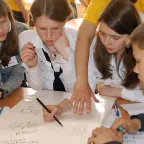
Media professionals are increasingly at risk of being wounded, killed, detained or kidnapped while reporting in armed conflict situations. Robin Geiss, an ICRC legal expert, talks about the …
A complete introduction to how the ICRC communicates, in an age when clear, precise and convincing communication has never been more …
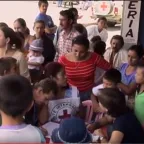
The carnage of 1914-18 should have made this conflict the last. The public was horrified at the amount of blood that been spilt and war now seemed to have no place. But events themselves would …
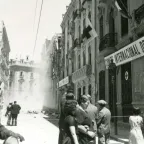
The Red Cross came into being at the initiative of a man named Henry Dunant, who helped wounded soldiers at the battle of Solferino in 1859 and then lobbied political leaders to take more action to …
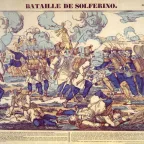
At the end of the Second World War, the ICRC finds itself in an ambivalent position. Its humanitarian work during the conflict – in particular in aid of prisoners of war – has been widely commended. …
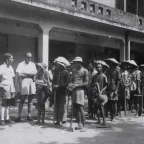
Try one of the following resources:
Created in 1863, the ICRC library, alongside the ICRC archives, provides an indispensable documentary reference on the organization itself and international humanitarian law.
International humanitarian law is based on a number of treaties, in particular the Geneva Conventions of 1949 and their Additional Protocols, and a series of other instruments.
Customary international humanitarian law consists of rules that come from "a general practice accepted as law" and that exist independent of treaty law.